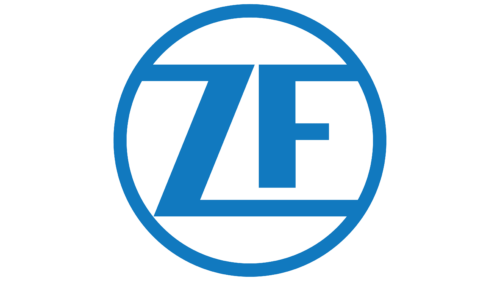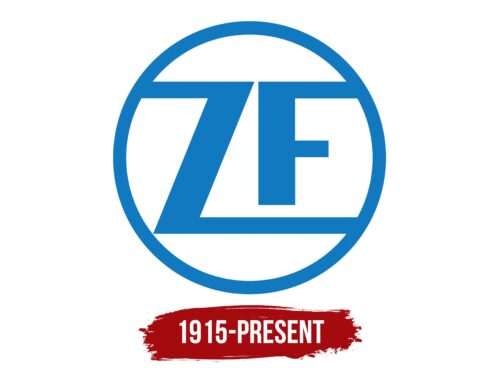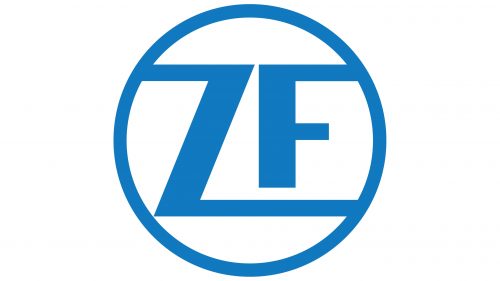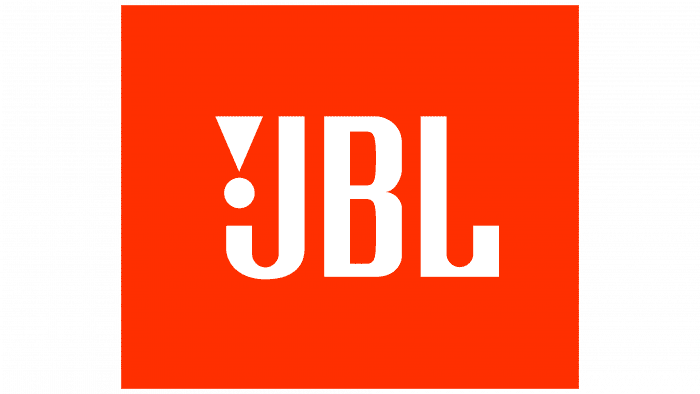ZF: Brand overview
In 1915, ZF, originally known as Zahnradfabrik Friedrichshafen, was founded in Friedrichshafen, Germany. Initially, the company specialized in the production of gears for zeppelins. However, the 1920s saw a turning point in the company’s development when it began producing gears and transmissions for developing automobiles and trucks. Although ZF supplied transmission systems for the Volkswagen Beetle in the 1930s, the company changed its image after World War II by offering its technology to foreign automakers.
Over the years, ZF’s scope expanded beyond transmissions to other automotive components such as axles, brakes, and steering. The company is now recognized as a global giant in transmission and chassis technology, with more than 150,000 employees worldwide.
ZF’s innovations are not limited to the automotive sector: the company operates in a variety of industries, including rail, marine, aviation, defense, and industrial. While maintaining its roots, ZF still calls Friedrichshafen its home and remains largely owned by the Zeppelin Foundation. With an extensive production network of 168 plants in 32 countries, ZF has positioned itself as one of the most important suppliers of automotive technology in the world.
Meaning and History
1915 – today
The ZF logo uses the abbreviation for the original name Zahnradfabrik Friedrichshafen. This abbreviation has now come into its own, and few people know its original meaning. The combination of the letters “Z” and “F” has always been part of the emblem, creatively designed from a technical point of view. The base of the emblem is a white circle surrounded by a blue ring. The letters are located in the center and connect to the outer circle at specific points: the “Z” connects at two points, and the “F” connects at one point. This is made possible by the elongated lines. The font used is fully uppercase, bold, and perfectly straight. There are no curves in it; only angles are present.
Designers tried to make the logo easily recognizable but at the same time filled with subtle touches. It looks simple, but there are technical elements that show that the company pays great attention to precision and quality—no frills, no fuss – just a clear and straightforward design that gets the point across.
ZF color codes
| Star Command Blue | Hex color: | #1179bf |
|---|---|---|
| RGB: | 17 121 191 | |
| CMYK: | 91 37 0 25 | |
| Pantone: | PMS 7461 C |





